On this week's NewsFlash, an insight into the neurological basis of dyslexia, clouds of killer copper dust and surface scratches that self-seal in the Sun. We look back to 1853 and the life of Christian Doppler.
In this episode
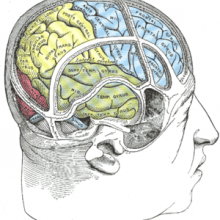
Unravelling the cognitive roots of sydelxia
With the aid of brain scans scientists have shown clear cognitive differences in way people with dyslexia process information compared with non-dyslexics.
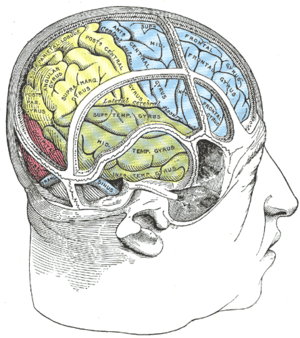 Writing in this week's Current Biology, Maastricht University researcher Vera Blau and her colleagues describe how they scanned 26 volunteers, half of whom were dyslexic. The study participants were presented with letters, speech sounds or combinations of the two that were either matching (congruous) or non-matching (incongruous); for example, in a non-congruous pairing, subjects might see the letter A and yet hear the sound "B". It's this integration of sounds with basic written units of language that dyslexics find difficult.
Writing in this week's Current Biology, Maastricht University researcher Vera Blau and her colleagues describe how they scanned 26 volunteers, half of whom were dyslexic. The study participants were presented with letters, speech sounds or combinations of the two that were either matching (congruous) or non-matching (incongruous); for example, in a non-congruous pairing, subjects might see the letter A and yet hear the sound "B". It's this integration of sounds with basic written units of language that dyslexics find difficult.
What the team were looking for were differences in the brain activity patterns between the dyslexic and non-dyslexic participants since this would indicate which brain regions might be responsible for the deficit. Quite quickly they struck gold. Normal readers showed stronger activation in a part of the brain called the superior temporal gyrus whenever congruent word-sound combinations were presented, but no such bias was seen amongst the dyslexics.
This, say the team, suggests that in dyslexics there is a deficit in letter-speech integration and they point to this as a fundamental mechanism that might distinguish strong from poor readers.
"The results show that the way their [dyslexics] brain integrates letters and speech sounds is very different from normal readers. It's quite astonishing," Blau said.
The team are now extending their studies to children that are learning to read in order to identify whether the difficulty in integrating letters and speech sounds begins in early school years and whether it comes before or after deficits in processing the sounds of language. This, together with the present results, could be used to track the benefits of interventions designed to help dyslexics.
"Our findings may offer a way to validate intervention strategies and narrow down the best training approaches," said Blau.
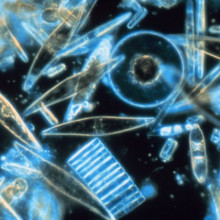
Toxic dust could be killing phytoplankton
Toxic chemicals in airborne dust that settle onto the surface of the oceans could be disrupting marine food ecosystems by poisoning the phytoplankton at the base of the food chain that play a vital role in regulating global climate. In particular, dust blowing off the Sahara desert is laced with copper, which kills off some types of the single celled plants and algae that harness the sun's energy and absorb carbon dioxide from the atmosphere.
 Adina Payton from the University of California at Santa Cruz in the US led a team of researchers who took air samples from different currents blowing across the Red Sea. Adding the dust to samples of seawater, they measured the effect it had on phytoplankton.
Adina Payton from the University of California at Santa Cruz in the US led a team of researchers who took air samples from different currents blowing across the Red Sea. Adding the dust to samples of seawater, they measured the effect it had on phytoplankton.
Dust blowing off land can be beneficial to marine phytoplankton because it delivers nitrogen and phosphorous - elements that are usually in short supply and can limit the growth rate of phytoplankton. Dust can fertilize phytoplankton a little like when farmers put fertilizers on crops on land.
But Payton and colleagues discovered that dust samples taken from air blowing across the Sahara didn't stimulate phytoplankton growth but instead led to a sharp decline in various species.
To investigate the possible cause of these declines, the research team analyzed the composition of the dust coming from the Sahara and found that it had higher levels of various chemicals compared to dust coming from Europe, in particular copper. Copper was suspected to be the culprit because other studies have shown it to be toxic to marine phytoplankton.
Payton and the team tested their theory by adding copper at different concentrations to samples of seawater and measured the response of the phytoplankton finding that, as predicted, the growth rate went down faster when more copper was present.
Around 65% of the copper comes from desert dust, but around 30% is manmade coming mostly from combustion especially in industrial processes.
The researchers modeled the potential global affects of copper on a global scale and highlighted several key areas where it is likely that copper will reach toxic levels in the oceans, including in Southeast Asia and the Bay of Bengal.
The results of this study are especially worrying because they showed that different species of phytoplankton have different levels of sensitivity to copper which means the toxic dust could trigger shifts in the structure of marine food chains. These sun-harnessing phytoplankton are the basis of all other marine species in the open sea.
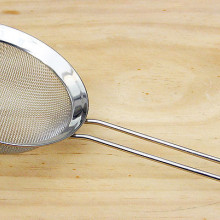
Boat made from a sieve
Edward Lear famously wrote about sending the Jumblies to sea in a sieve and many warned they would drown, but perhaps not if they were aboard a miniature boat made by Chinese scientists Qinmin Pan and Min Wang.
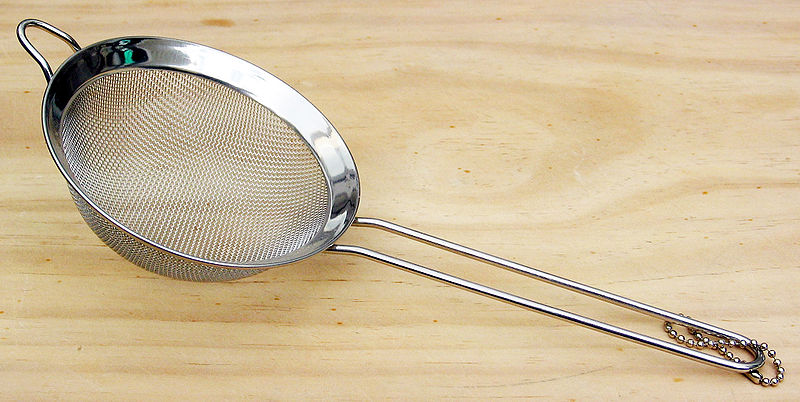 The two scientists based at Herbin Institute of Technology describe in the current edition of the ACS journal Applied Materials and Interfaces, how they have produced a water-repelling surface so powerful that a fine copper meshwork bent into a simple boat-shape will float on a bath of water, even when laden with sand "cargo".
The two scientists based at Herbin Institute of Technology describe in the current edition of the ACS journal Applied Materials and Interfaces, how they have produced a water-repelling surface so powerful that a fine copper meshwork bent into a simple boat-shape will float on a bath of water, even when laden with sand "cargo".
The trick relies on chemically cleaning the copper surface and then "functionalising it" by dunking it in a silver solution and then a solution of dodecanoate, a fatty acid. Studying the treated copper meshwork under an electron microscope reveals that the silver form a system of very fine dendrites (branches) like the leaves of a miniature fern. The ends of these silver branches become decorated with the dodecanoate, which repels water and traps a layer of air against the mesh,rendering it water-tight.
The researchers admit that scaling the technique up to full-sized boats is probably not practical, but they suggest that this trick could be used for purposes such as underwater robots and underwater surveillance. The air-film trapped against the mesh, they say, can also dramatically reduce the drag on the hull of their "boat" and so could be used in drag-cutting devices (and that's drag as in resistance, rather than Edna Everage...).

Missing link in plants’ biological clock
Scientists have found a missing link in the workings of the biological clocks of plants.
You might think that it is just animals that can detect light and respond to changes in night and day, but plants can too. And until now there has been a mystery surrounding how plants do this. Previously, scientists have studied the plant equivalent of laboratory mice - called Arabidopsis - and tracked down two primary feedback loops, one that detects the onset of light in the morning, and a second that senses when light fades in the evening. What was missing was a system to link the two together.
Now, Steve Kay and his team of researchers from the University of California, San Diego think they have found that missing link: a protein called CHE.
The presence of CHE was predicted nearly a decade ago, but only now has it been found. What these researchers did was to hunt for proteins that bind to DNA and switch genes on or off. In particular they looked for proteins that changed in abundance over time, since those were the ones most likely to be involved in a plant's biological clock.
They found several cyclical proteins, but it was only CHE that stuck to the region of the plant DNA that is in charge of the ability to sense morning light levels. Taking a closer look the team also found that the same protein also binds to the region of DNA involved in the sensitivity to evening light levels dropping.
More and more evidence is piling up that biological clocks are crucial in controlling the growth of plants, and for things like timing flowering just right to ensure that flowers come out when it's not too cold still and when pollinating insects are flying around. Other studies have shown that altering the plants clocks can create crops that grow more vigorously, so if we can understand more about how those clocks work, crop scientists will one day develop crops that are even better.
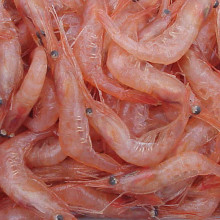
12:44 - Scratches that Self-heal in the Sun
Scratches that Self-heal in the Sun
Professor Marek Urban, University of Southern Mississippi
Chris - The work of Professor Marek Urban, who's a researcher at The University of Southern Mississippi. This material has the capacity to repair itself whenever it gets scratched. Sounds ideal for my car whenever I take a trip to the supermarket. Hello Marek, Thank you for joining us on the Naked Scientists. Tell us how this material works.
Marek - Essentially you can create a scratch on simply plastic. It's exposed to sunlight and certain reactive molecules open up. Consequently they react with other species that are present in the system and form what we call crosslinks. Those crosslinks essentially seal the scratches that are mechanically created. It's a little silent species sitting inside of a system that is capable of self-repairing on exposure to ultraviolet light.
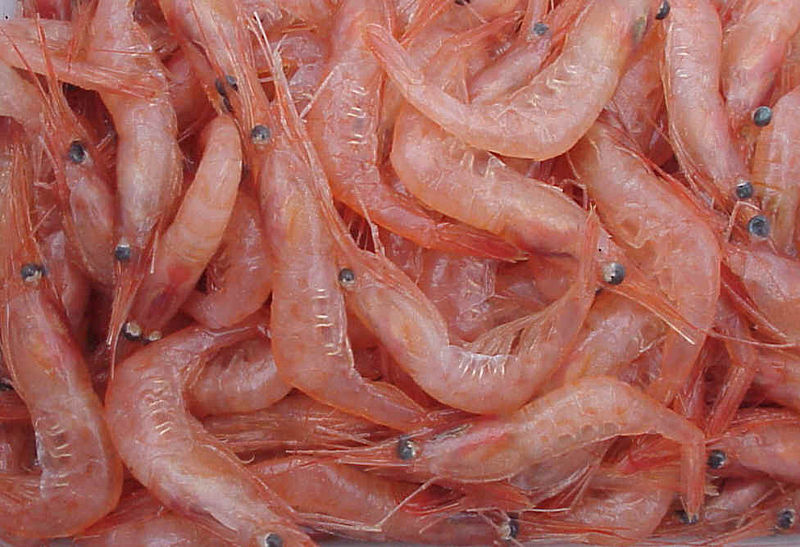 Chris - Tell us what the actual chemicals are that you've used in the mixture. How different are they from what we're currently using in paints and other surfaces?
Chris - Tell us what the actual chemicals are that you've used in the mixture. How different are they from what we're currently using in paints and other surfaces?
Marek - Mostly automotive paints and not only automotive but also floor coatings utilise polyurethanes which are fairly durable and fairly high-performance materials. However, they are not exempt from mechanical damage. What we've created is essentially we took a polyurethane network. Also we incorporated small amounts of chitosan. Chitosan is a derivative of chitin which is the second largest carbohydrate present on Earth after cellulose. This was modified with so-called oxitane and that oxitane ring is one of those reactive types that opens up as you make a mechanical scratch.
Chris - Chitosan is actually a derivative of chitin, as you say. That's the exoskeleton of things like crabs and lobsters, isn't it?
Marek - Exactly. You have plenty of those things, lenses along the coast of the country that deals with fishery. As a matter of fact a portion of our research was funded by the Mississippi Division of Marine Resources. That chitosan was modified with oxitane and that oxitane is a relatively easy-to-open ring. As a mechanical scratch is created that oxitane opens up creating a reactive species. Then, on exposure to UV light, creates another reactive species from chitosan. Those things react again to form a crosslinked network, therefore eliminating scratches.
Chris - To put it simply you have the chitosan which is this molecule and you've coupled onto the side of it a ring structure which , when the paint surface gets damaged, that ring busts open. This makes it chemically reactive and it can then grab either side of the damaged area and link it back together.
Marek - Right. Exactly. The quantities of this material are relatively small. Again, this is a proof of concept, at this stage. We don't seem to see reasons why that shouldn't work in many other systems.
Chris - And just to finish off, when can we see this being used? Is there any reason why we can't expect to see this cropping up on car paints and car surfaces very soon?
Marek - I think we should. There are different types of polyurethanes being used in a variety of systems. Some of them are water-based, some of them are solvent-based. It's sometimes system-dependent but those things can be worked out. I really hope that consumer-driven markets like automotive markets and others, for that matter, will pick up on that and take this seriously.
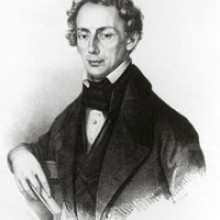
17:14 - This Week in Science History - The Death of Doppler
This Week in Science History - The Death of Doppler
Sarah Castor-Perry
This week in Science History saw, in 1853, the death of Christian Doppler, the Austrian physicist.
Although he published over 50 articles in his life, his most notable work, published in 1842 when he was 39, was his discovery of what came to be known after his death as the Doppler effect.
He suggested that the frequency of a light wave was dependent on the relative movement of the source of the light and the observer.
This is the same effect that makes the sound of a police siren go up in pitch as it comes towards you, then decrease as it moves away. Basically what happens is that the sound waves get squashed as they come towards you, fitting them into a smaller space - making the frequency, or pitch, go up, then they stretch out again after they pass you, making the frequency/pitch go down again. The application of the Doppler effect to sound waves was proven by the Dutch scientist Buys in 1845, and the first observation of the shift to occur in light was described by the Frenchman Fizeau in 1848.
We now know that in the case of light, it's a bit more complicated than Doppler's explanation as light is not in fact made up of waves like sound - it is made up of particles called photons that show wave-like properties. However, for the sake of argument, the wave explanation used for the Doppler effect in sound is a useful analogy for how it works for light as well.
In 1929, the theory was used by Edwin Hubble to formulate Hubble's Law - that you can tell how far away a star is by how 'red-shifted' the light coming from it is. 'Red shift' is what happens to light when the source (i.e. the star in this case) is moving away from the observer (i.e. us) - like when the police siren goes past and away from you and the pitch gets lower. Red light has a longer wavelength than red light, so when something is moving away, the wavelength stretches out and the light is moved closer to the red end of the spectrum.
All stars have a particular signature - the combination of gases and other compounds in them give off a particular pattern of wavelengths of light.
This is still some of the most important evidence for the Expanding Universe and Big Bang theories - because all stars appear to be moving away from each other, the only explanation is that the whole universe must be expanding - a bit like drawing dots on a balloon and then blowing it up - all the dots will get further and further apart.
So although now we know that the mechanism behind the 'red shift' of light is not as Doppler first suggested, this was only after over 50 years of research and technological advance since Doppler's time. His theory for the behaviour of waves relative to the observer have played an important part in forming some of the most important astronomical theories of the past 100 years.
Related Content
- Previous Growing a Winter Fur Coat
- Next The Cambridge Science Festival










Comments
Add a comment